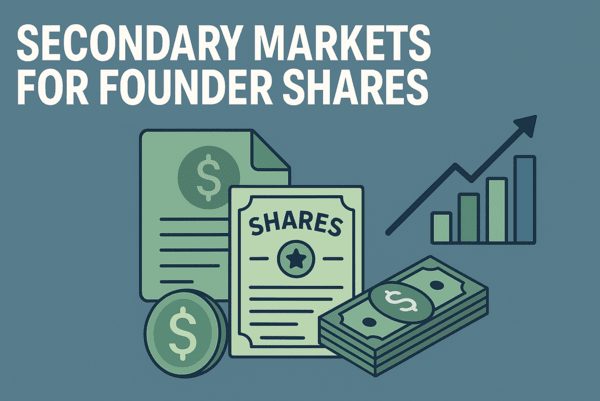
If you’ve been around startups for a while, you know the old story: founders and early employees grind away for years, only to see their equity locked up until some distant IPO or acquisition event. It’s a long wait with no guarantees.
But lately, that story is changing, thanks to secondary market platforms gaining real traction, and some fresh regulatory moves out of Washington that insiders are quietly excited about.
There’s been a lot of hype around platforms like Forge Global, EquityZen, Nasdaq Private Market, and others. But here’s the real deal: these platforms are no longer just exotic curiosities. They’re fast becoming the way for founders, early employees, and investors to get liquidity well before an exit.
These marketplaces connect sellers of private shares to institutional buyers and high-net-worth individuals. That means you can find a buyer today for stock that previously meant locking capital into limbo. Sure, these deals still need company approval and compliance checks, but the process is smoothing out.
Why does this matter?
Two recent legislative developments will shake this up dramatically:
This is a game changer for QSBS tax treatment. The key big points are:
Expect founders to use secondary sales proactively, not reluctantly. This could shift ‘hold till IPO’ thinking into ‘sell some shares early and diversify risk.’
This broader legislative push is about expanding who gets to play in private markets, reducing friction and increasing transparency. The hope: founders from more diverse backgrounds raise money more easily, and a wider range of investors can participate in secondary deals without regulatory nightmares.
The secondary market revolution isn’t a fad. It’s a structural change that, combined with smarter tax policy, is fundamentally rewiring startup economics. If you’re a founder, employee, or early investor, it’s time to think seriously about how and when you access liquidity. And if you’re sitting on fragile equity hoping for a distant exit event, maybe it’s time to hedge that bet with this new more flexible playbook.
Stay sharp. This stuff is moving fast.